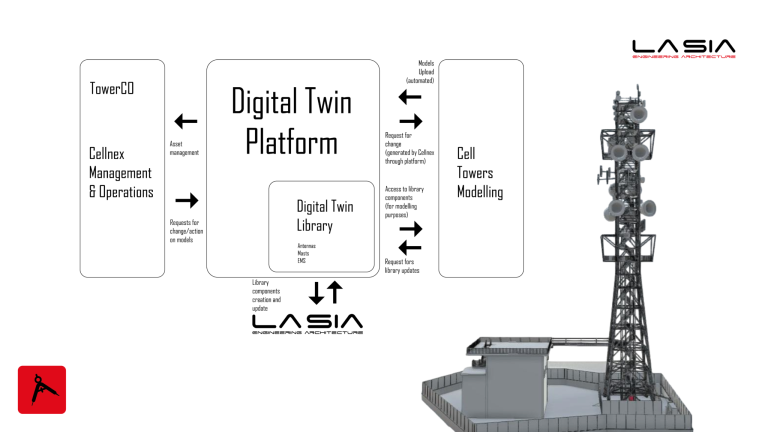The use of new methodologies for the design and management of a work brings with it a number of advantages for the company that decides to take advantage of them, but undoubtedly alongside these advantages there are also initial doubts about the best ways to use them. One of these revolutionary new techniques is definitely BIM, which is bringing great benefits to companies, which can be amplified through the use of standards and guidelines. Below you can read an interesting insight on the topic written by Ernesto Pellegrino, Marika Prete and Eleonora Palladino who are part of La SIA’s BIM team.
The importance of BIM standards
The construction industry is experiencing major changes in terms of the methods and processes that govern complex industry activities. The increased prevalence of such digitization methodologies, which are identified by the acronym BIM, are increasingly accelerating these changes.
BIM, like any self-respecting “method,” needs, or at least acquires greater value in terms of quality, when it is regulated or based on guidelines and standards.
In this regard, there are not a few publications, available on the Web, of such documentation compiled by various institutional organizations.
Standards are like “the foundation of a building” for data production and management and are intended to ensure uniformity and consistency of information. In a sense, without them, collaboration between work teams will be problematic at best and at worst, lead to complete failure of activities.
The establishment of the guidelines will bring a number of benefits, some of them:
– Increased information quality resulting in increased process quality and vice versa
– Reducing the time of individual operational activities
– Improved interdisciplinary coordination
– Increased safety and awareness of how to perform various tasks
As mentioned above, to date there are already defined standards from which any company could take advantage, using them as starting points for defining its own guidelines, “sewn” to business needs and goals.
Certainly the difficulties in drafting such guidelines are not few because the construction industry is very complex and has a large number of variables and figures involved.
However, before you begin to introduce BIM standards within your organization, it may be helpful to keep these 3 concepts in mind:
1. There is no universal method
2. Identification of goals is important for defining methods and processes
3. Software is only a tool, people determine the process
The application of these guidelines will, over time, provide a range of feedback to optimize workflows, increasingly center goals and meet the needs of the business.




